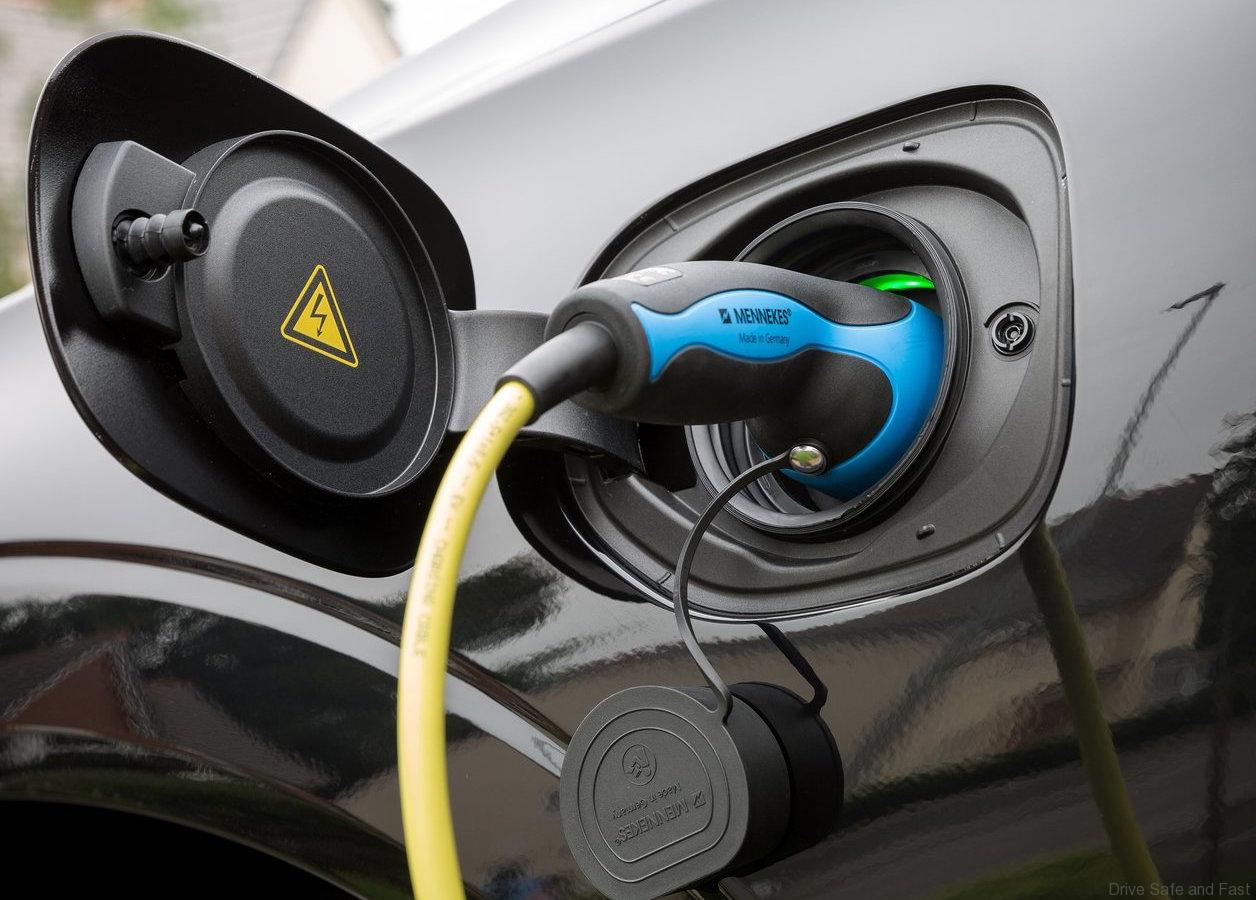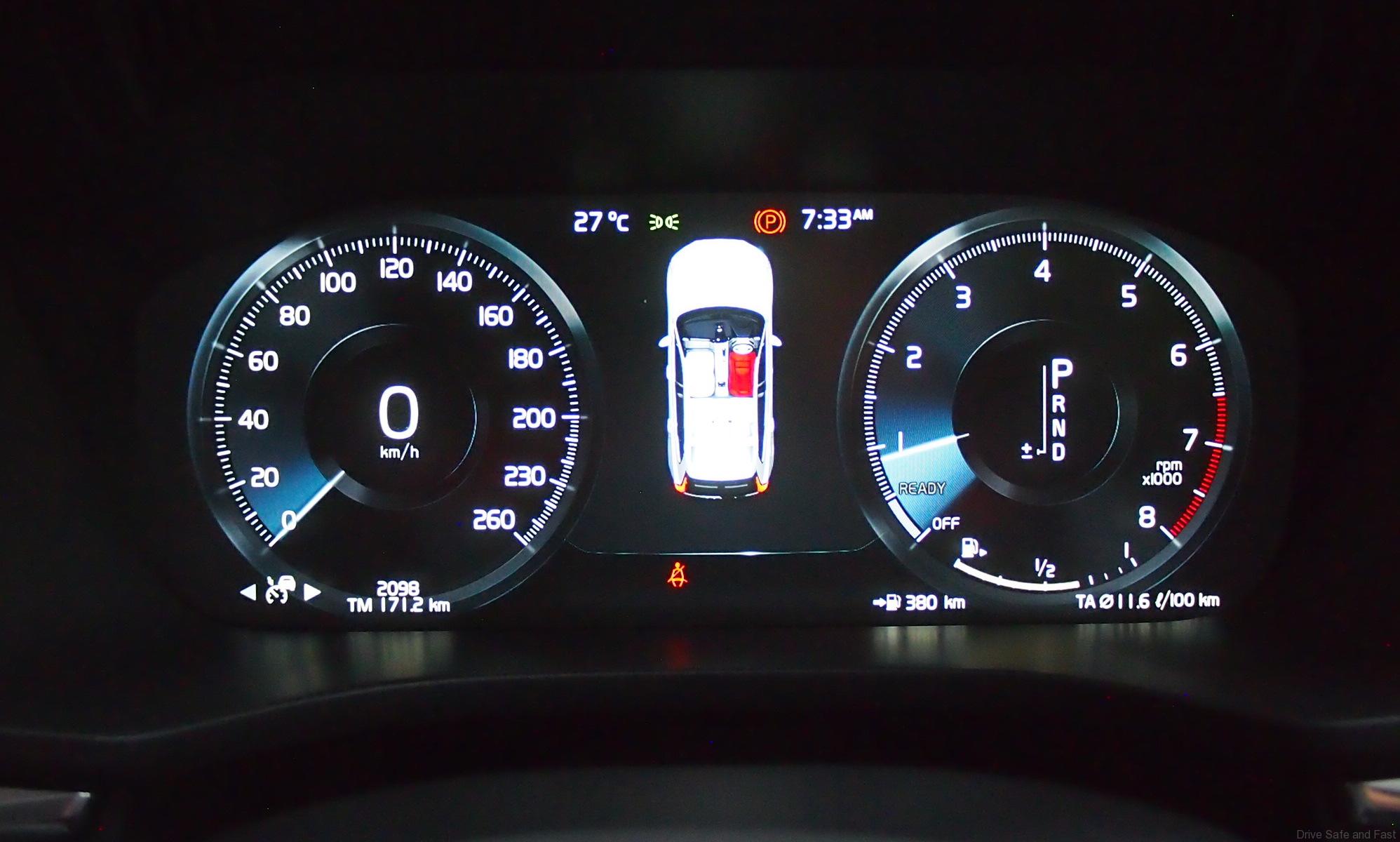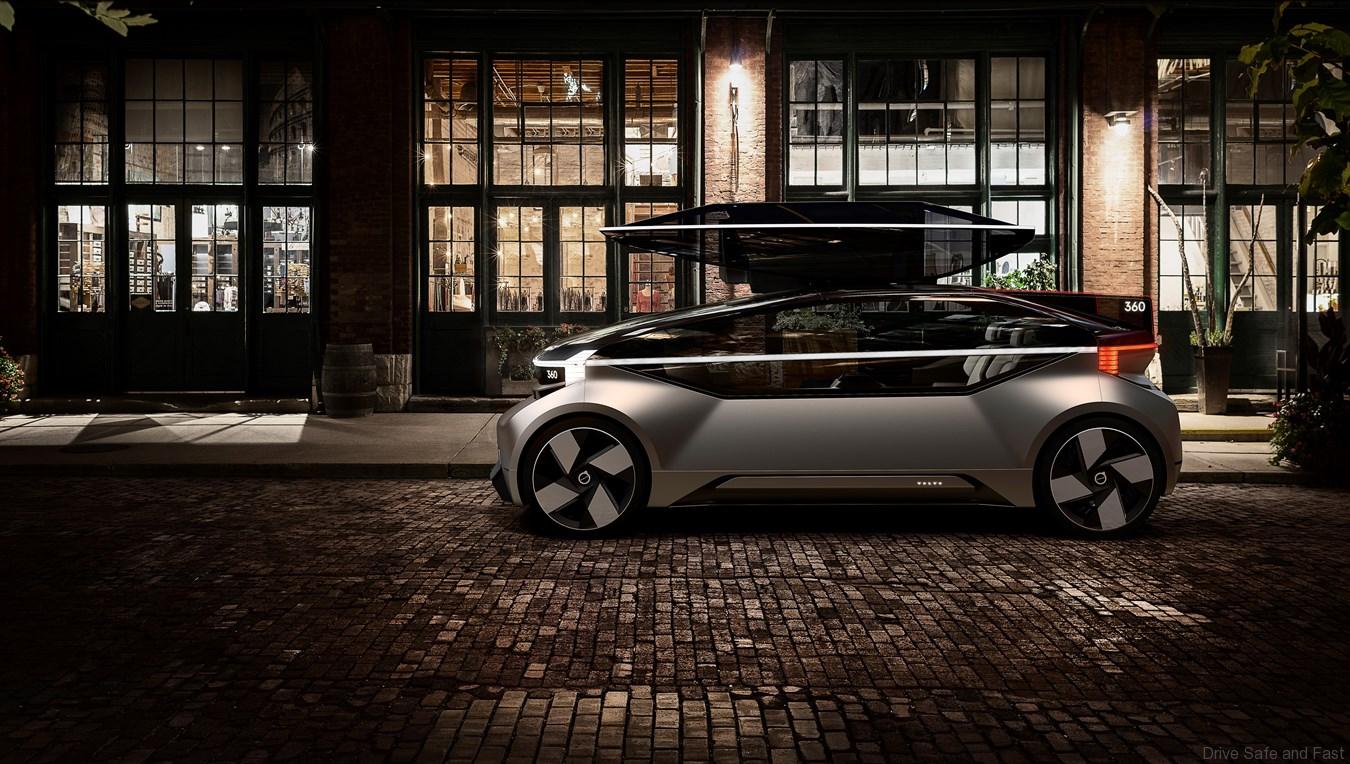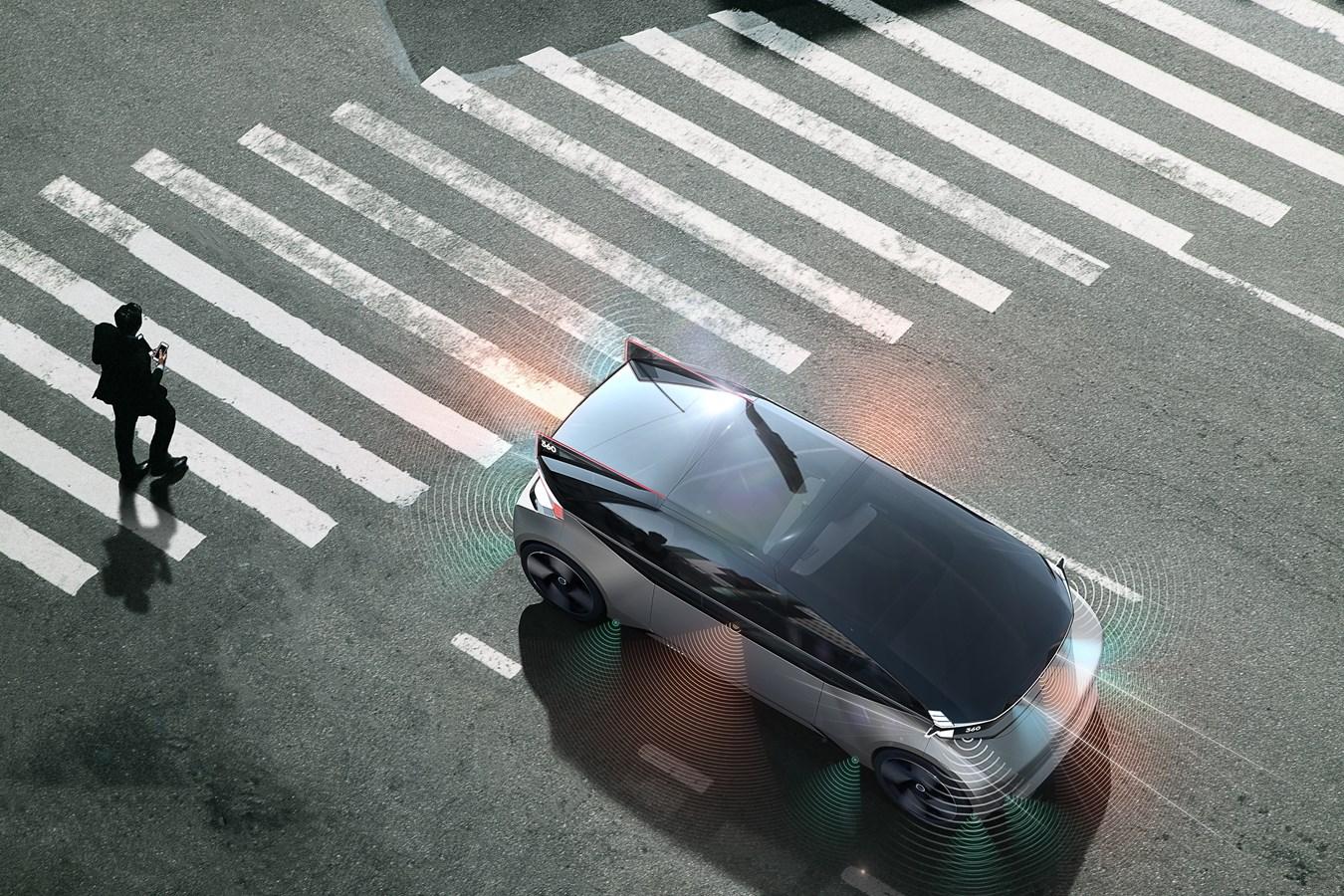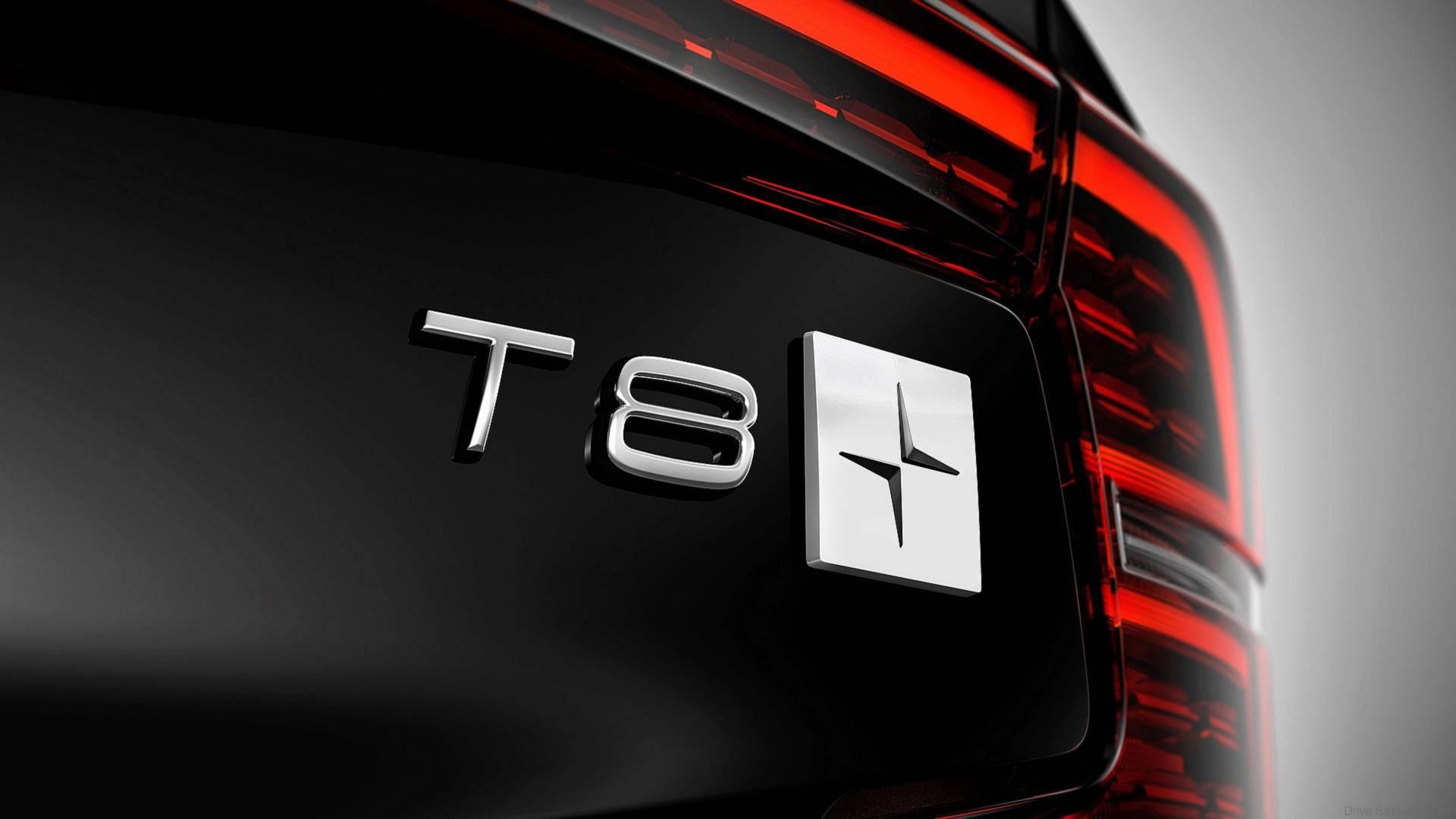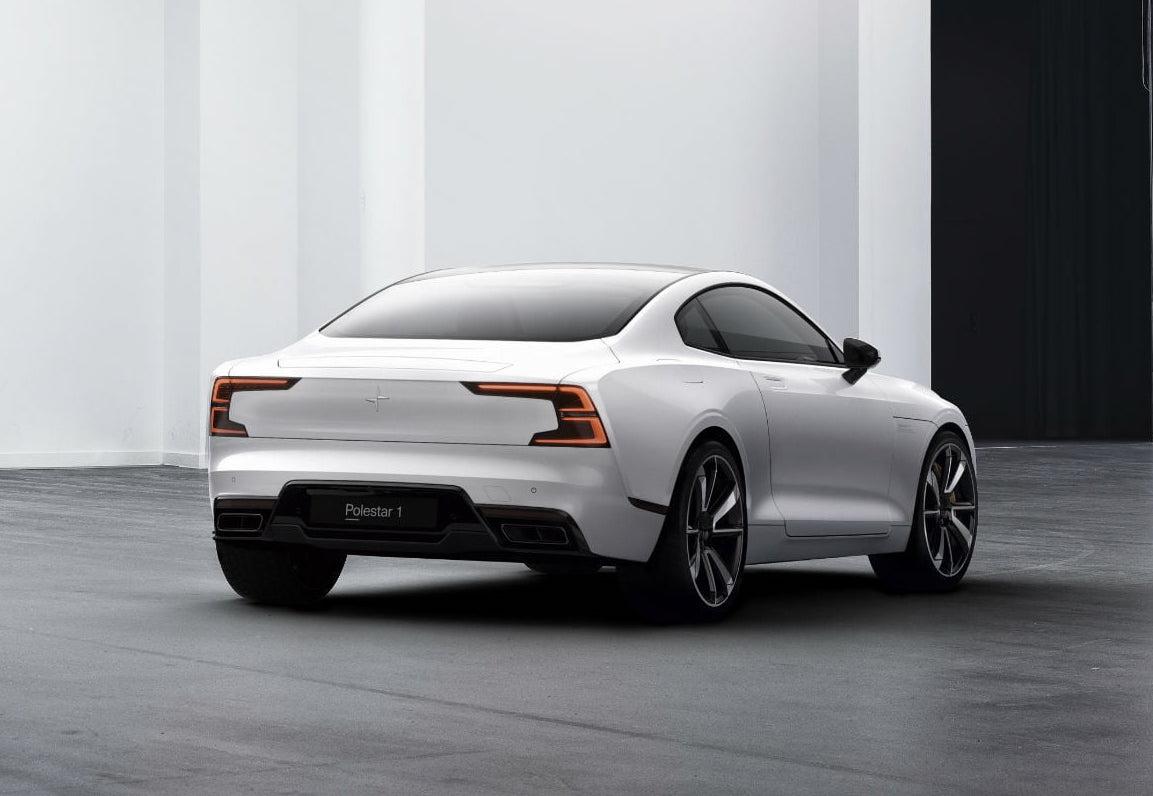In America, the 1970 Clean Air Act and 1973 oil crisis influenced a revival of interest in electric cars in the 1970s, but manufacturers were more excited than buyers and their return was short-lived, which left them with mounting research and development costs and very little returns until the coming of the next decade.
Two factors continued to plague electric vehicles (EVs): their relatively high cost compared with similarly-sized petrol and diesel powered cars, and ‘range anxiety’, which is the term given to a driver’s fear of running out of battery power and being stranded.
However, momentum for electric cars seems unstoppable now. Battery technology continues to develop at a fast rate, and multiple manufacturers have committed to a significant percentage of EVs in their showrooms for the next decade.
And in 2017, Volvo Cars became the first manufacturer to declare that its entire model range would become electrified in at least some form: mild hybrid, plug-in hybrid, and fully electric.
This will include models that meet the classic definition of an electric car: a vehicle that is powered only by one or more electric motors.
‘Refueling’ a pure electric car is also a far cleaner experience as there is no smelly or oily liquid involved, as with petrol or diesel. It’s clean hands and clean feet all around as you simply push the vehicle’s recharging plug into a relevant power socket.
The benefits of electric cars also extend to performance and refinement. Unlike conventional internal combustion engines, electric car motors typically produce torque from zero revolutions…….. creating instantaneous response when moving off from a stationary position (just like with a radio control toy car).
The acceleration can be exhilarating with just a faint whine from the electric motor or motors. This contributes to a quieter cabin, while progress is super-smooth as electric motors typically employ just a single gear where conventional petrol/diesel engines require transmissions with multiple ratios for the crucial matching of engine speed to on road speed.


